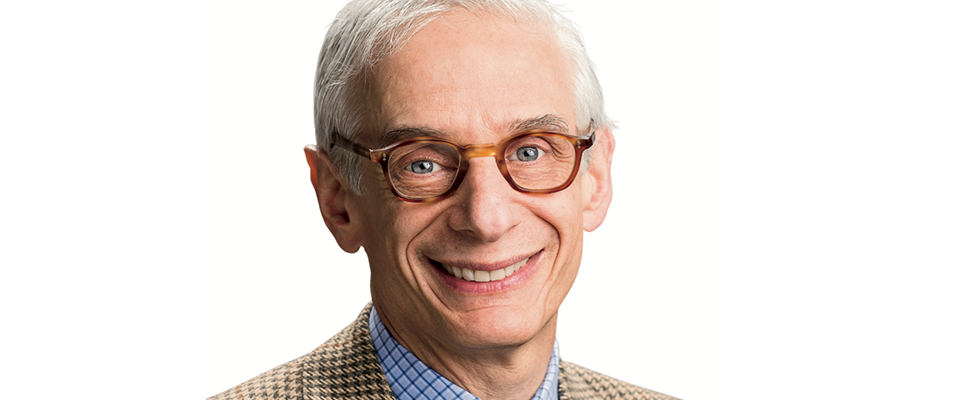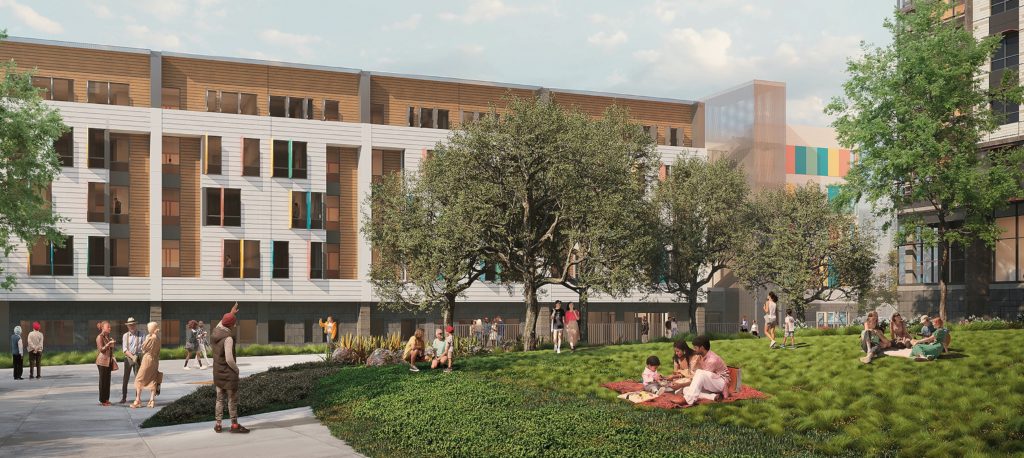You’ve said the role of research administration is to support faculty and provide “the best possible environment for pursuing world-changing research.” As the new vice chancellor for research, how do you create that environment and what does it look like?
A major part of my job is to oversee Berkeley’s investment in interdisciplinary research, through our research institutes and Organized Research Units. We have something like 60 of them, touching on virtually all of the intellectual endeavors on campus. I want to ensure that these stay strong and effective in supporting cutting-edge knowledge creation. I also oversee the campus infrastructure for technology transfer and industrial engagement. The 21st century university is not only measured by its academic output, but by its economic impact. The campus has developed an amazing ecosystem to nurture new venture formation and move discoveries from the lab to product, such as SkyDeck, Berkeley Catalyst Fund, and incubators associated with our CITRIS and QB3 institutes. Helping our fledging entrepreneurs navigate through these means of support to yield sustainable companies is also a high priority for me.
As faculty, you’ve been involved with the Berkeley RISELab, which, according to its mission statement, aims “to develop technologies that enable applications to interact intelligently and securely with their environment in real time.” Can you give us some examples of the types of projects being worked on there?
One particular application of RISE technology that I am deeply interested in is so-called smart infrastructures. A technology like position-aware cell phones, for example, makes it possible to learn the heartbeat of a city: where people are, how they are navigating it, and what they are generally doing. RISE’s real-time, machine-learning-based control technology enables a new kind of pervasive modeling of the urban environment. From these models, we could have the ability to better manage the city, in terms of improving traffic flows, avoiding accidents, making better use of energy, and generally making the city safer, healthier, and more resilient to natural and human-made disasters.
When you were appointed chair of Electrical Engineering and Computer Sciences (1996–99), you predicted that wireless technology would become ubiquitous. What big developments in Internet technology do you currently see on the horizon?
I think emotional robotics will be really big (my colleague Anca Dragan is already working on these). These are robots that can react to human emotions, making our interaction with them more comfortable and natural for us. The robots need not look like humans; but the way they interact with us is designed to put us at ease. Such robots are only the tip of the iceberg in terms of the way we will be surrounded by intelligent systems to help us in our daily lives—from driving to taking care of us when we are old. They will constitute the new “edge of the Internet,” because they will be connected to each other to learn faster how best to serve us.
Computer science is often seen as existing to serve other research endeavors. Is that changing in the age of so-called Big Data?
I see it as a continuum of methods to solve problems. In science, we used to talk about the theoretical and experimental paradigms: Describe the world you are studying in terms of mathematical equations, or probe it and observe the behavior of the system. Then we added computational methods to model physical systems from first principles. The latest advance has been in data-driven discovery, or “data science”: using extensive data sets and advanced statistical methods to derive predictive models of system behavior. Modern science advances by using all of these paradigms.
President Trump has proposed deep cuts in federal funding for basic research. What might those cuts mean for Berkeley?
This is a major concern. Berkeley and indeed all of the nation’s leading universities are trying to influence our congressional representatives as to the importance of research and the need for it to be sustained in the highly competitive world we live in. But we also need to develop other sources of support for our research enterprise, including the philanthropy of Cal alumni.





















